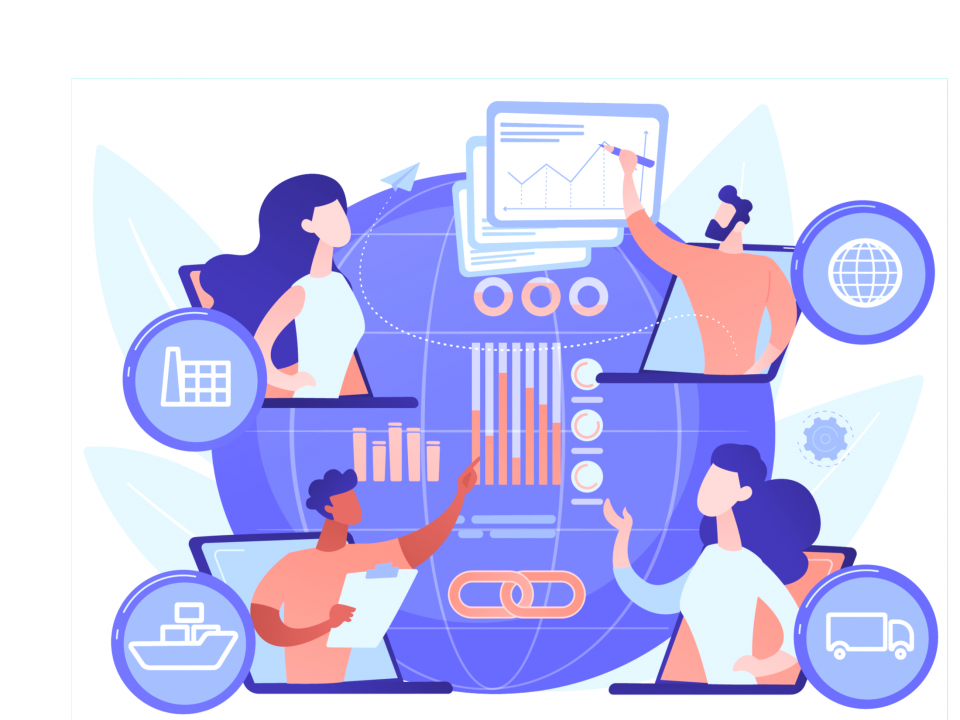
Freight History
December 16, 2020
Peak season
December 16, 2020- Navigate through technology – API or EDI in the supply chain?Regardless if you are a service provider or cargo owner, your organization probably exchange data with other systems or partners.
Today, we will explore the logic behind the data exchange options between API & EDI.Supply chain operations must be faster than ever before. Data is no longer a single source per business, especially in the supply chain industry, which contains a large & significant amount of data coming from diverse sources.
Thanks to growing online shopping, orders that need to be processed from online shoppers, operational and demand processing speed can provide your organization with a competitive advantage while also improving customer satisfaction levels when it comes to the customer experience. In case you are selling to end-users.
For service providers, getting real-time data using API is “THE” dream, as they need to gather information from 3PL’s, ports, and others to make significant technological progress and gain competitive advantages in terms of data sharing/EDI has been around for longer in the supply chain and is widely used 40 years ago. And more than 85% of the supply chain industry is using EDI.
As short as possible, these are the primary uses of EDI & API in the supply chain industry:
Using EDI, organizations are trading partners that frequently exchange goods and services as part of their supply chains and business-to-business (B2B) networks. It’s more of a one on one data sharing.
Using API, organizations can exchange data in real-time from/to multiple parties and systems and has powerful features to synchronize web applications, which are considered the future of the supply chain.EDI consider more secure as it allows only pre-authorized users to exchange data. It means they were promoting data silos. The necessary data is stuck in data silos that slow down the process and create an “organization internal shield” that divides service providers from their clients and makes it harder to share transparent info. With all goods intentions in the supply chain – EDI widely uses and suitable for specific B2B communication. Today, we live in the digital age, and data is power. Smart organizations are turning data into insights and supply chain benefits. For that, EDI is not the best practice. It is delaying the technological progress of the industry.
On the other hand, API has a growing number of users and is becoming a healthy choice for data transfer tasks and consider as a better agile & flexible solution, with faster implementation and lower set up costs.
By “leaving a part of their software open to send and receive data” from other systems or the web, API promotes easy and online data sharing from multiple authorized party’s, which is the future of the supply chain in our eyes (and many more).Suppose we can dream of all EDI turning into API by magic. It would look like a “Technological utopia” in terms of data sharing and transparency, making the global forwarding process much faster and much more accurate, and smarter.
If you ask us, we would say that API is the future, but we cant and shouldn’t ditch EDI. As long it is working – don’t touch it!
BUT – consider more APIs to serve better and be served to make the supply chain more accurate and transparent. Nay way, there’s no problem to mix the two, and it might be the best practice and solution.To learn more about how your organization can benefit from API & EDI, check our blog or contact our technological experts.CargoZone – where freight happens!




